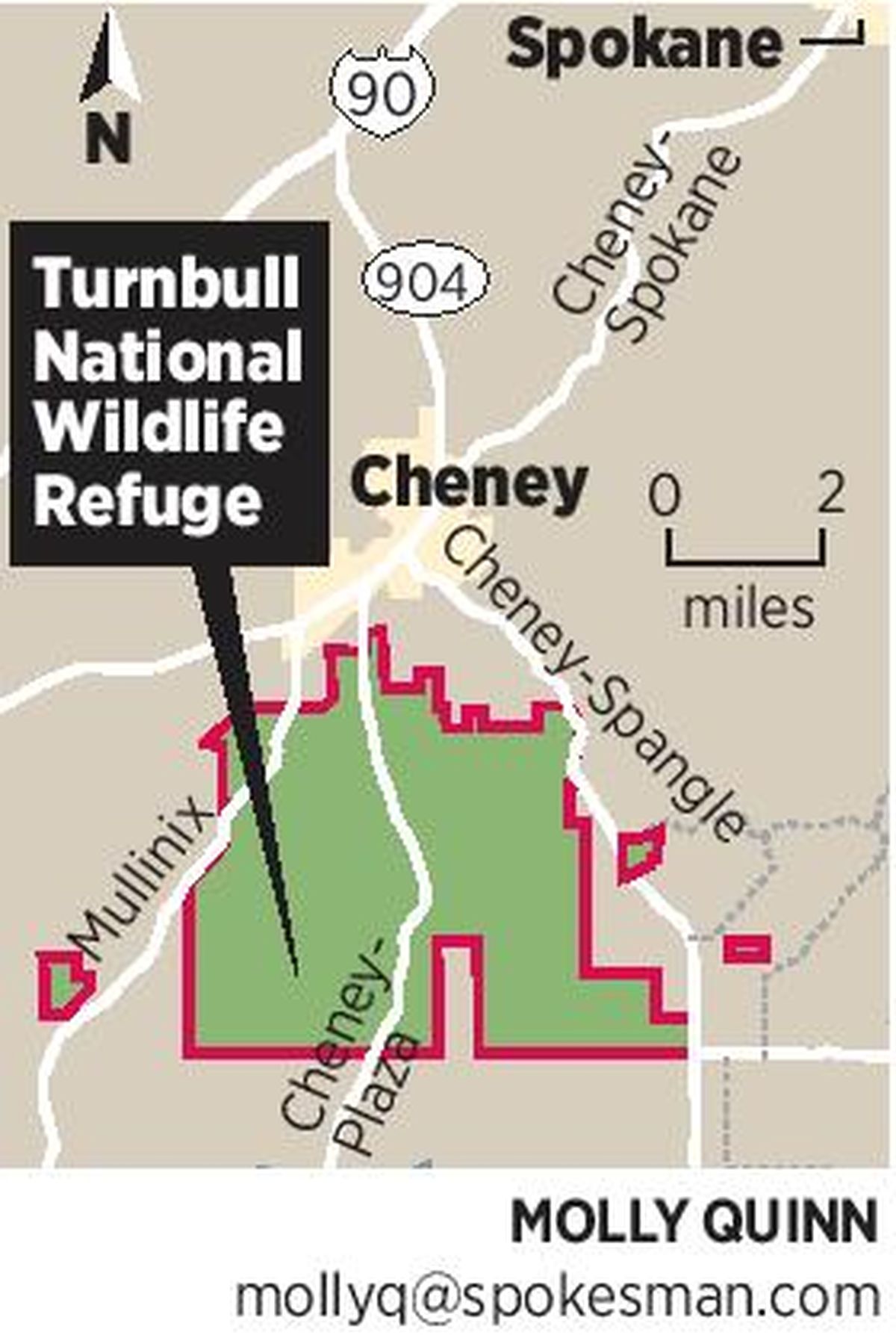Out & About: Turnbull Refuge elk numbers decline in survey

OUTCOUNT – Elk numbers have declined for the second consecutive year in and around Turnbull National Wildlife Refuge to the lowest number in at least the last 10 years, according to an annual helicopter survey conducted Sept 28-29.
The herd multiplied through the early 2000s taking advantage of the sanctuary within the federal reserve south of Cheney and causing damage to the wildlife habitat.
The growing number of elk also was damaging crops until the herd was subjected to permit-only hunting seasons within the refuge boundaries starting in 2010.
The survey’s peak count was 460 elk over 95 square miles in the survey going into that first refuge hunting season.
The herd started showing significant declines last year, following three years of fairly stable numbers, said Mike Atamian, department biologist.
This year’s count of 154 elk observed – 82 cows, 24 bulls, and 48 calves – is the lowest since the survey began 10 years ago at the herd’s peak.
The average count of elk observed over the decade of surveys is 307.
Hunting inside the refuge also has pushed some of the elk out of the refuge to form other groups and become susceptible to hunters with general tags in Game Management Unit 130.
The refuge hunting has helped curb the growth of the herd, biologists say. The state allows 63 permits a year distributed among archery, muzzleloader, modern rifle, disabled and, new this year, for youth hunters. All but about one of the permits each year have been for antlerless elk.
This year’s low count, Atamian said, could be related to a combination of movement of animals out of the survey area because of extremely dry conditions as well as some decline in the population.
The decrease in observations during this year’s flights occurred across all sex and age classes with the exception of spike bulls.
The department has received recent reports by landowners of more than 150 elk causing damage to agricultural fields and haystacks a few miles west of the survey area.
Elk aren’t the only big-game animal to show lower numbers this year.
“After last year’s high of 17 moose, we counted only seven this year,” Atamian said, noting that the survey average is nine moose observed.
And although deer aren’t counted in the survey, reports indicate that some within the refuge have succumbed to the late-summer and early fall bluetongue outbreak that’s killing whitetails by the thousands from the Colville area south to the Grangeville, Idaho, region.